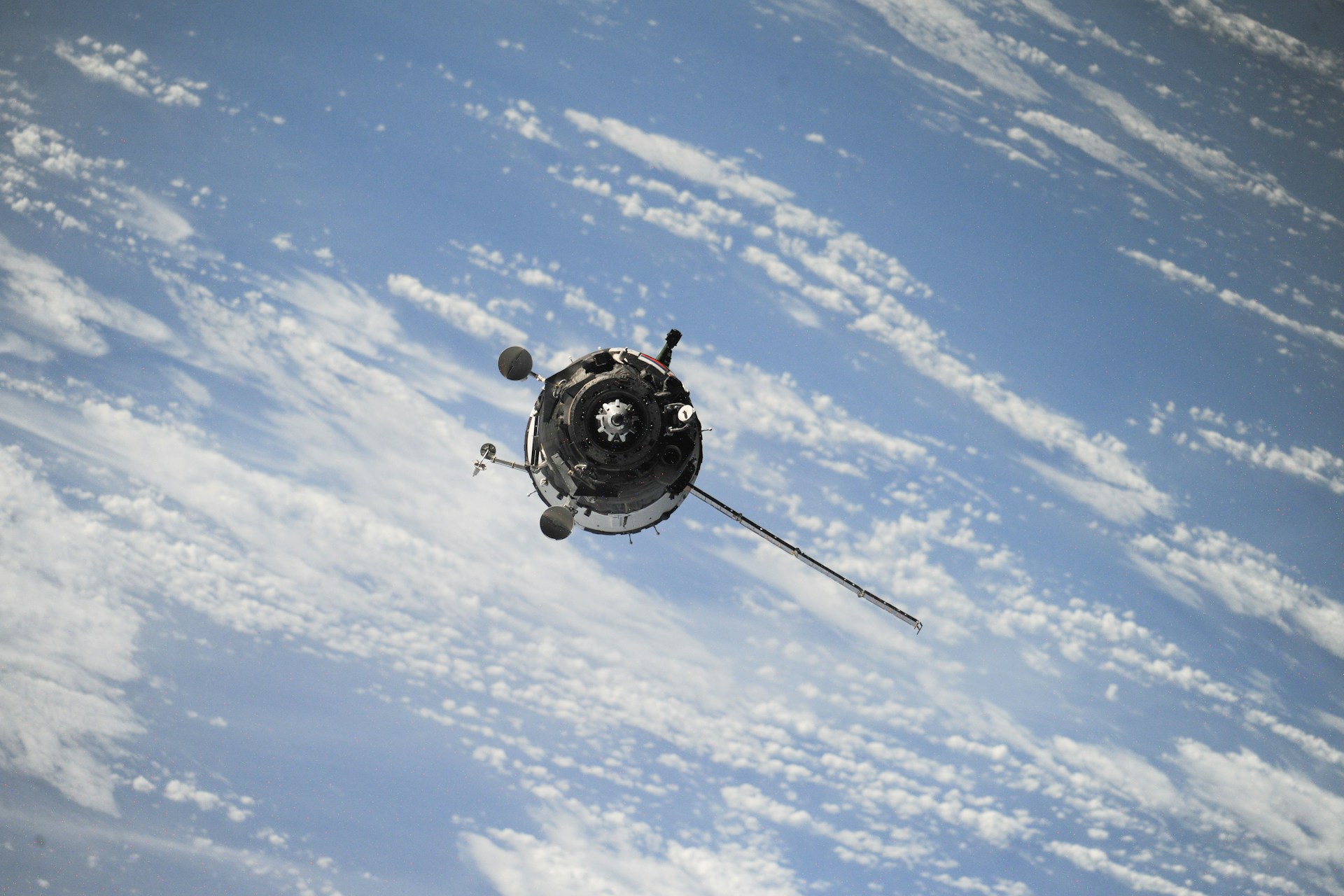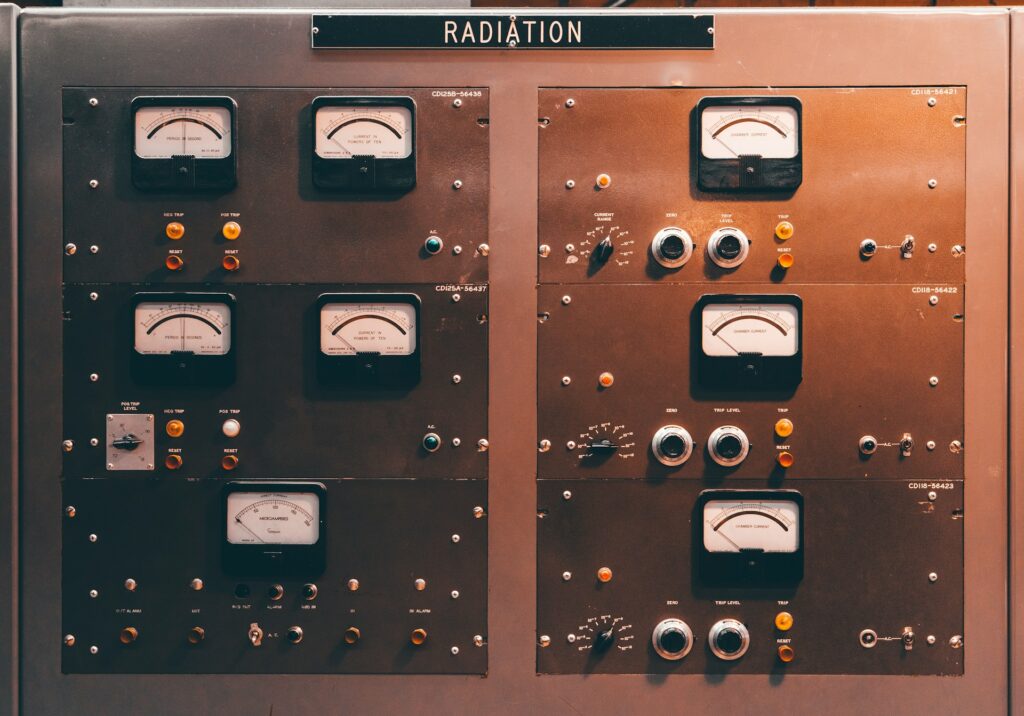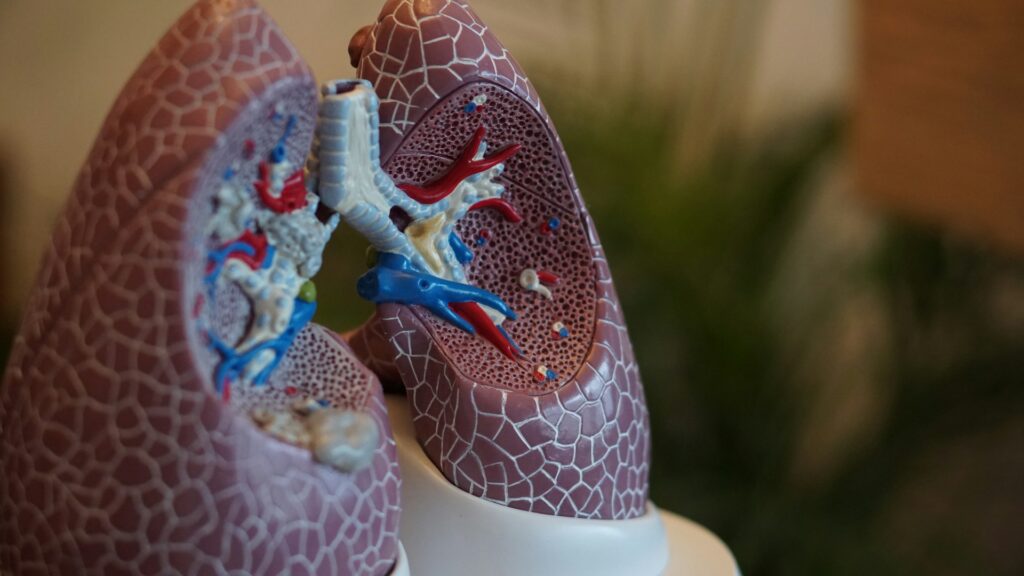A new plasma wind tunnel facility is being constructed at the University of Colorado Boulder to explore the use of plasma in spacecraft navigation. Plasma, often regarded as a destructive force in spacecraft re-entry, could soon be harnessed as a tool to improve navigation in extreme environments.
“Plasma is deadly,” says Dr. Hisham Ali, the lead engineer behind this revolutionary project.
“But instead of merely designing spacecraft to survive plasma exposure, we want to use it to our advantage; to control spacecraft more precisely during hypersonic flight.”
Dr. Ali has been working on this concept since his graduate days, first experimenting with small-scale plasma wind tunnels before launching this ambitious full-scale project.
The facility is being constructed to simulate the harsh atmospheric conditions on Mars and Saturn’s moon Titan, two focal points of upcoming NASA missions. “The chemistries we are replicating in this new tunnel will give us invaluable insights,” notes Ali.
“Testing new materials and designs for plasma navigation will be key to interplanetary travel.”
Several aerospace companies are already keen on using the facility, which will become a hub for both government-funded space exploration and commercial ventures.
Lockheed Martin, one of the companies interested in this technology, sees potential applications beyond space exploration. “This work opens new possibilities for missile technology, enabling unprecedented manoeuvrability at hypersonic speeds,” commented a Lockheed spokesperson. The plasma wind tunnel could become crucial in testing materials for both civilian and military applications, especially where safety and precision are paramount.
The tunnel itself, slated to be fully operational by 2025, is part of a broader effort to explore the full range of plasma’s potential. The long-term vision includes leveraging plasma not just for protection but for active control in extreme flight conditions. If successful, this facility could transform how we think about spacecraft and missile navigation, ushering in a new era of precision control in high-temperature environments.
As Ali puts it, “The plasma itself could become a tool, not just something we design against, but something we design with. This could change everything.”

Hassan graduated with a Master’s degree in Chemical Engineering from the University of Chester (UK). He currently works as a design engineering consultant for one of the largest engineering firms in the world along with being an associate member of the Institute of Chemical Engineers (IChemE).



